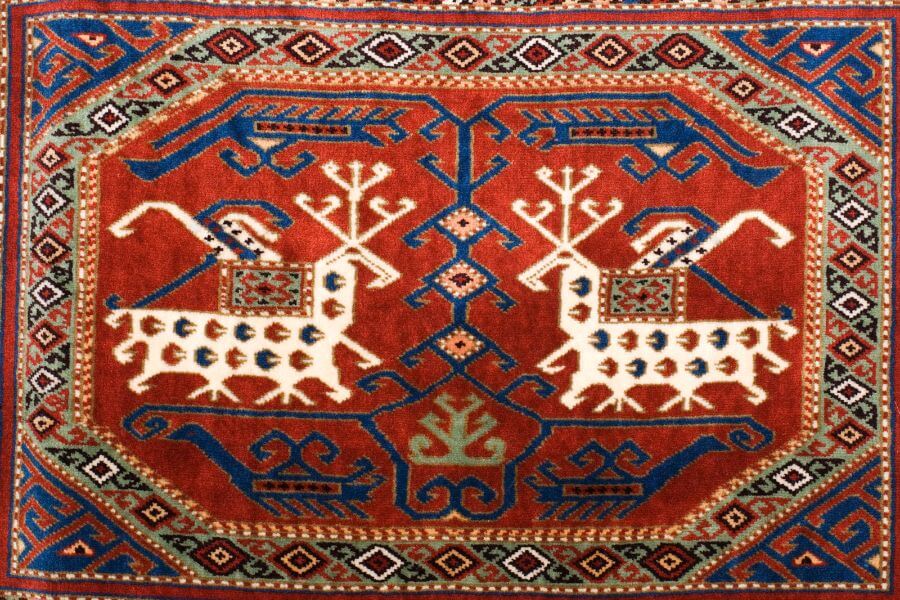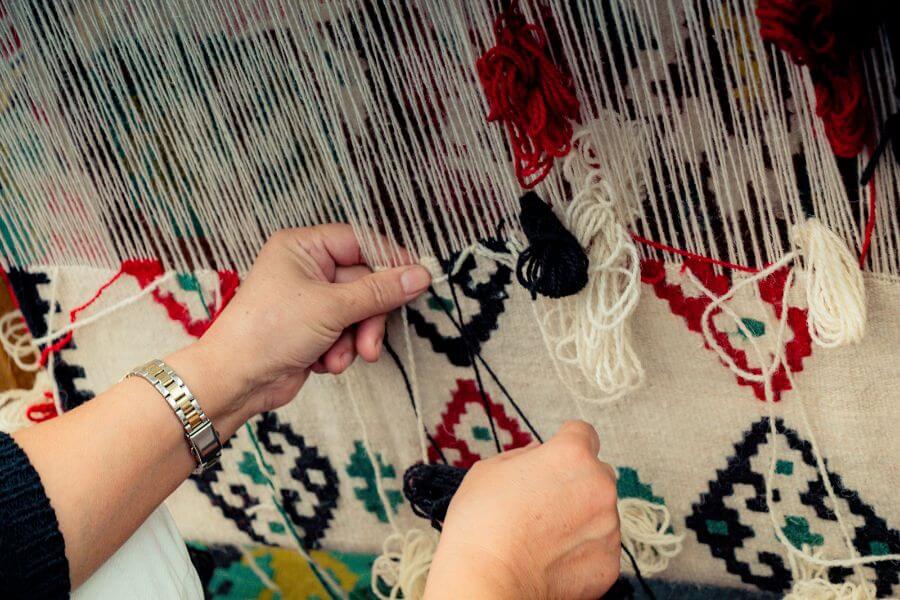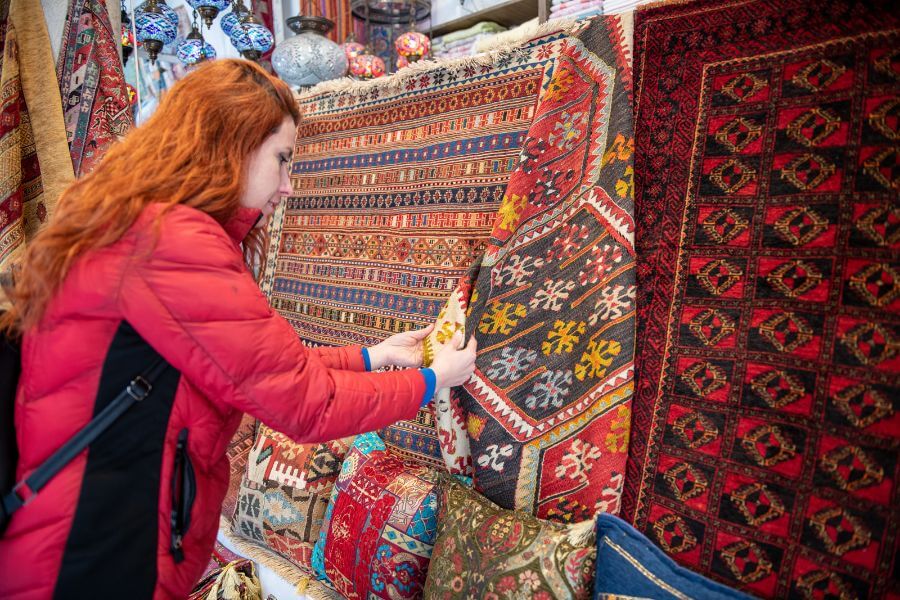How much are Turkish Rugs in Istanbul?
Exploring the Price of Turkish Rugs in Istanbul: A Shopper’s Guide
Turkish rugs are world-renowned for their intricate designs and high-quality craftsmanship. They have a long and rich history in Turkish culture, with some dating back centuries. Istanbul is a popular destination for rug enthusiasts, as the city is home to some of the best rug shops in Turkey. In this blog post, we will explore the price range of Turkish rugs in Istanbul and the factors that influence their cost.
Firstly, it’s important to note that the cost of a Turkish rug in Istanbul can vary greatly depending on several factors. The size, quality of materials used, and intricacy of design all play a significant role in determining the price. Additionally, the location of the shop and the bargaining skills of the buyer can also affect the final cost.
Generally speaking, Turkish rugs in Istanbul can range from a few hundred dollars to several thousand dollars, with some antique or rare pieces costing even more. Small decorative rugs, such as prayer rugs or doormats, can be found for as low as $100, while larger and more intricate pieces, such as Turkish kilims, can range from $500 to $5,000 or more. Silk rugs, which are highly sought after for their delicate designs and luxurious feel, can cost upwards of $15,000.
One of the best places to find a Turkish rug in Istanbul is the Grand Bazaar. With over 4,000 shops, the bazaar is one of the largest and oldest covered markets in the world. It’s home to many reputable rug shops, each offering a unique selection of rugs in different sizes and designs. Another popular area for rug shopping is the Nisantasi neighborhood, which is known for its upscale boutiques and designer shops.
When shopping for a Turkish rug in Istanbul, it’s important to keep in mind that bargaining is a common practice in Turkish culture. It’s not uncommon for a shop owner to initially quote a higher price, so it’s up to the buyer to negotiate and find a price that both parties are happy with. It’s also important to be aware of counterfeit rugs, which can be found in some shops. To ensure that you’re purchasing an authentic Turkish rug, look for a label or tag that indicates the rug’s origin, materials used, and the name of the manufacturer.
In conclusion, Turkish rugs in Istanbul can vary greatly in price depending on the size, materials, and design. While it’s possible to find affordable rugs for under $100, higher-quality and larger pieces can cost several thousand dollars or more. Bargaining is a common practice, and it’s important to be aware of counterfeit rugs. With a little research and careful shopping, it’s possible to find a beautiful and authentic Turkish rug that will be a treasured addition to any home.
Experience a highly recommended private shopping tour, accompanied by a rug expert to guide your selection.

Embark on the Turkish Rug Shopping Tour with Expert, an exclusive experience provided by the highly reputable, licensed private travel company One Nation Travel in Turkey, and enjoy a shopping journey filled with confidence and expert guidance.
Hand Woven Turkish Carpet How to Tell?

Handwoven Turkish carpets, also known as Anatolian rugs, are renowned for their intricate patterns, high-quality materials, and skilled craftsmanship. If you want to determine whether a Turkish carpet is handwoven, consider the following key features:
- Knot count: Handwoven Turkish carpets typically have a high knot count, ranging from 100 to over 1,000 knots per square inch (KPSI). The more knots, the finer and more detailed the pattern. You can check the knot count by counting the number of knots in a square inch on the back of the carpet.
- Irregularities: Handwoven carpets often have slight imperfections due to human craftsmanship. Look for small inconsistencies in the pattern or design, which indicate that the rug was not machine-made.
- Fringe: The fringe of a handwoven Turkish carpet is an extension of the carpet’s warp threads, which run through the entire length of the rug. Machine-made rugs often have fringes sewn or glued on separately.
- Material: Genuine Turkish carpets are made from high-quality materials such as wool, silk, or a combination of the two. The wool should feel soft and natural, and the silk should have a smooth, lustrous appearance.
- Pattern and design: Handwoven Turkish carpets feature traditional designs with intricate patterns, including geometric shapes, floral motifs, and stylized animals. Each region in Turkey has its own unique designs, which can be helpful in identifying the carpet’s origin.
- Color: Handwoven Turkish carpets are usually dyed with natural vegetable dyes, which create vibrant, long-lasting colors. The colors may show slight variations due to the dyeing process, adding to the rug’s uniqueness.
- Selvage: The edges of a handwoven carpet, called selvage, should be tightly bound with the same material as the rug’s foundation. Machine-made rugs often have a synthetic binding.
- Smell: A handwoven Turkish carpet may have a faint smell of lanolin (a natural oil in wool) or a musty scent if it has been stored for some time. Synthetic rugs often have a chemical or plastic smell.
- Expert opinion: If you’re still uncertain about the authenticity of a Turkish carpet, consider consulting an expert, such as a reputable rug dealer or a certified appraiser. They can help you assess the carpet’s quality and origin.
How to Clean a Turkish Rug: A Step-by-Step Guide
Materials Needed:
- Soft-bristle brush or sponge
- Mild detergent or rug shampoo
- Bucket of water
- Clean, absorbent towels
- Vacuum cleaner
Steps:
- Vacuum Both Sides: Start by vacuuming both sides of the rug to remove loose dirt and debris.
- Spot Test: Before applying any cleaning solution, perform a spot test on a small, inconspicuous area of the rug to ensure it won’t damage or discolor the fabric.
- Prepare Cleaning Solution: Mix a mild detergent or rug shampoo with water in a bucket. Make sure it’s not too soapy.
- Gentle Cleaning: Dip a soft-bristle brush or sponge into the cleaning solution and gently scrub the rug in the direction of the fibers. Do not scrub too hard, as this can damage the rug.
- Rinse: Use clean water to rinse off the soap. Make sure all the cleaning solution is completely removed.
- Blot Dry: Use clean, absorbent towels to blot the rug dry. Press down firmly but do not rub.
- Air Dry: Lay the rug flat in a well-ventilated area to dry. Avoid direct sunlight to prevent fading.
- Final Vacuum: Once the rug is completely dry, give it one last vacuum to remove any remaining dirt.
- Inspect: Check the rug to make sure it is clean and in good condition.












